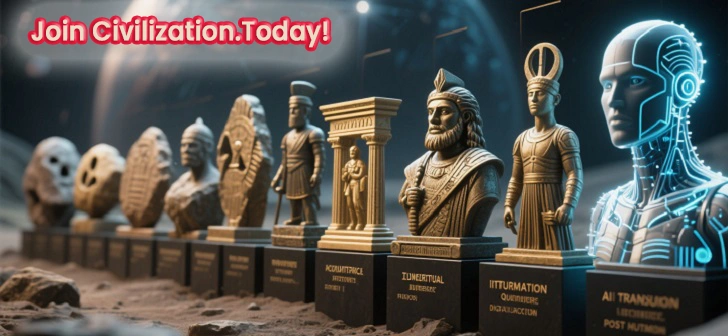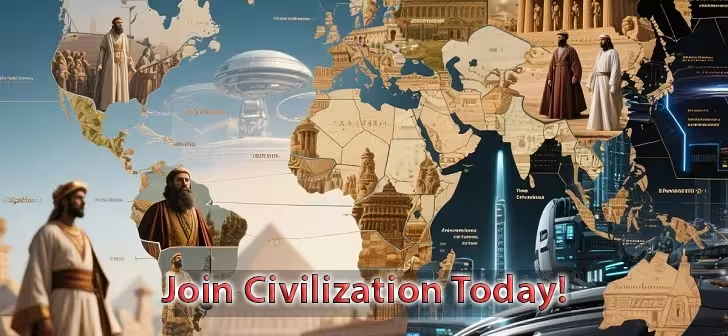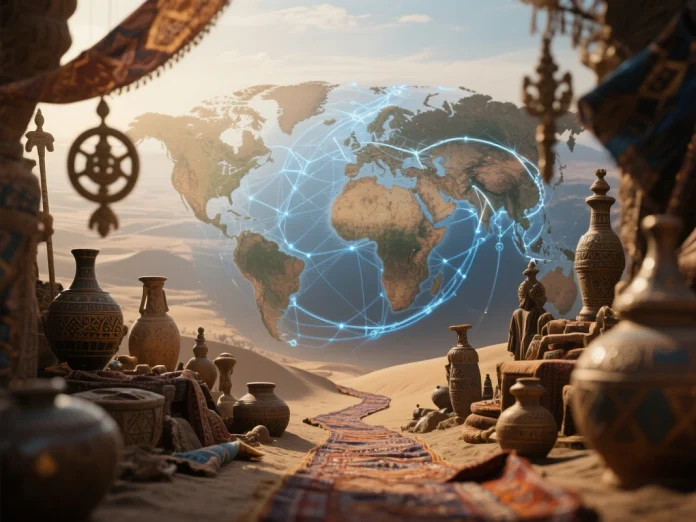Long before airplanes shrank the globe and digital networks connected us instantly, there was another web of connection that spanned continents — the Silk Road. More than a single road, it was a vast network of trade routes linking East and West, shaping civilizations, and laying the foundation for what we now call globalization. From the bustling markets of Xi’an to the ancient ports of the Mediterranean, it carried not only silk and spices but also ideas, technologies, religions, and cultures. This artery of ancient trade was, in many ways, the first global internet.
In this article, we will uncover the fascinating story of the Silk Road, exploring its origins, cultural significance, economic impact, and enduring legacy.
The Birth of the Silk Road
It was officially opened during China’s Han Dynasty around the 2nd century BCE. Emperor Wu recognized the economic and political advantages of expanding westward trade, particularly for silk, which quickly became the symbol of luxury and wealth in the Roman Empire and beyond.
But silk was not the only commodity. Precious stones from India, horses from Central Asia, glassware from Rome, spices from Southeast Asia, and paper from China all traveled along this sprawling network. The Silk Road was not a single paved highway but rather a web of overland and maritime routes that crossed mountains, deserts, and seas.
More Than Just Trade: The Cultural Exchange
The Silk Road was not only about buying and selling goods; it was about exchanging ideas. Religions such as Buddhism, Islam, and Christianity spread along these routes. Art, music, and even cuisines traveled, evolving as they crossed cultural boundaries.
For instance:
- Buddhism spread from India into China, Korea, and Japan thanks to the Silk Road.
- Islamic science and mathematics traveled eastward, influencing Chinese and Indian scholars.
- Foods like noodles, spices, and tea crossed borders, giving birth to culinary traditions we still enjoy today.
In many ways, the Silk Road created a cultural melting pot centuries before modern globalization.
The Economic Engine of Civilizations
For empires across Asia, the Middle East, and Europe, the Silk Road was an economic lifeline. Cities like Samarkand, Bukhara, and Kashgar thrived as trade hubs. Caravanserais (inns for travelers and merchants) dotted the route, providing shelter, food, and protection.
It gave birth to powerful economies by facilitating:
- Wealth accumulation for empires through trade taxes.
- Urban development, as cities grew rich from commerce.
- Innovation, as technologies like papermaking and printing spread westward, fueling the European Renaissance.
Without the Silk Road, the pace of human progress would have been much slower.
Challenges on the Road
The Silk Road was not an easy path. Merchants and travelers faced dangerous deserts like the Taklamakan, treacherous mountain passes like the Pamirs, and constant threats of bandits. Political instability could shut down trade routes, and diseases like the plague also spread through these networks.
Yet despite these challenges, the road endured for centuries, proving the determination of human societies to connect and trade.
The Fall of the Silk Road
By the 15th century, the Silk Road began to decline. The rise of maritime trade routes, pioneered by explorers like Vasco da Gama and Christopher Columbus, offered safer and faster alternatives to the land routes. Empires along the Road weakened, and political instability made trade too dangerous.
Still, the Road’s impact could not be erased. It had already transformed cultures, economies, and global connections forever.
The Legacy of the Silk Road in the Modern World
Today, the term Silk Road has taken on new meanings. It represents not only the past but also the future. Modern initiatives like China’s Belt and Road Initiative (BRI) seek to revive these ancient connections through infrastructure, trade, and digital networks.
Tourists and historians retrace the routes, marveling at ancient cities, ruins, and cultural landmarks. The Silk Road’s story reminds us that human societies are stronger and richer when they are connected.
Conclusion: The Silk Road as the First Internet of Humanity
The Silk Road was far more than a trade route; it was a lifeline of ideas, goods, and human connection. It showed the world the power of globalization long before airplanes and fiber-optic cables. The Road taught us that prosperity and progress come from exchange, cooperation, and openness — lessons that remain vital today.
As we navigate our modern era of interconnectedness, we can look back at the Road as a powerful reminder: humanity has always been stronger together.





Hi, this is a comment.
To get started with moderating, editing, and deleting comments, please visit the Comments screen in the dashboard.
Commenter avatars come from Gravatar.